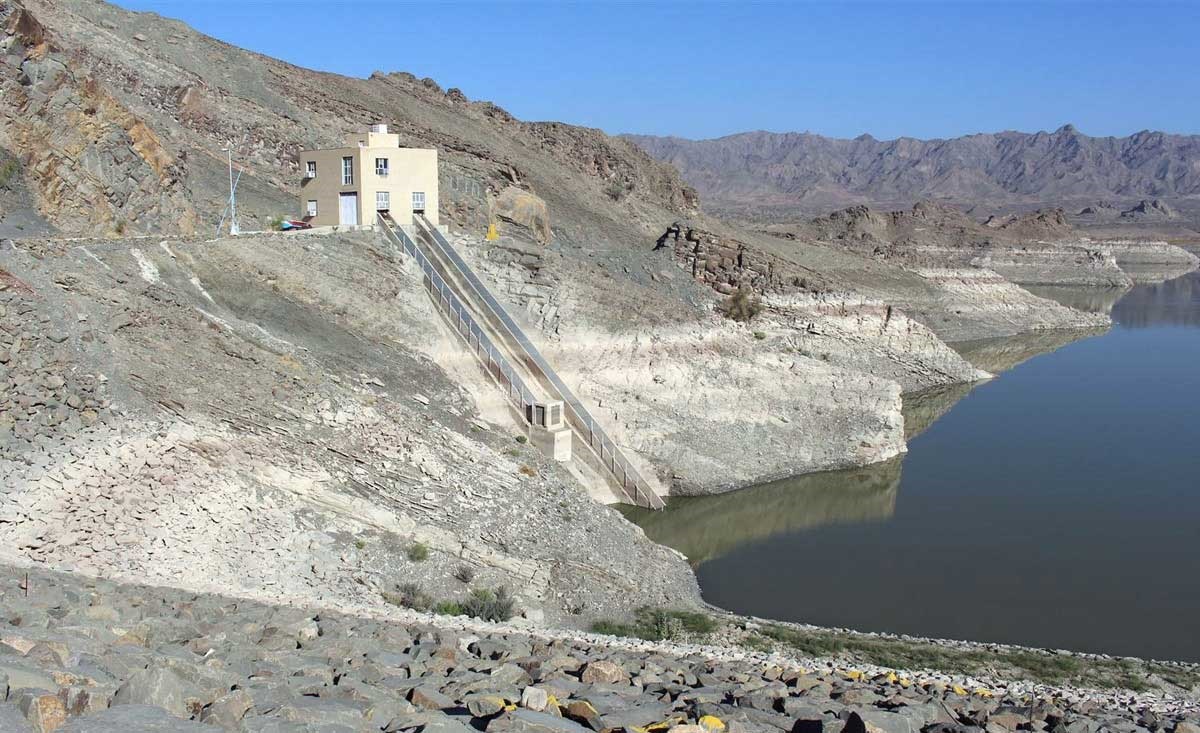The Kariba dam has plunged to its lowest level since 1996, raising further risks to the hydropower plants that Zimbabwe and Zambia depend on for nearly half of their power.
Water levels at the world’s largest man-made freshwater reservoir that straddles the two countries, fell to 10% of usable storage, according to data posted on the Zambezi River Authority’s website, Bloomberg reported.
That is the lowest since 1996 and worse than the 11% recorded during a drought in 2016.
Large parts of Zambia and Zimbabwe are experiencing the worst drought in at least four decades, forcing the nations to cut generation from Kariba after water flows fell sharply in the Zambezi River that feeds it.
Each country has implemented power cuts lasting as long as 18 hours a day as a result.
Seasonal rains, which usually fall from October through April aren’t off to a good start, even as the volume of water tumbling over Victoria Falls, known locally as Mosi-oa-Tunya, rose to 252 cubic meters per second by Monday.
While that is more than double the lows reached in November, it’s only slightly better than 234 cubic meters measured this time last year, which ended up being one of the worst seasons on record.


